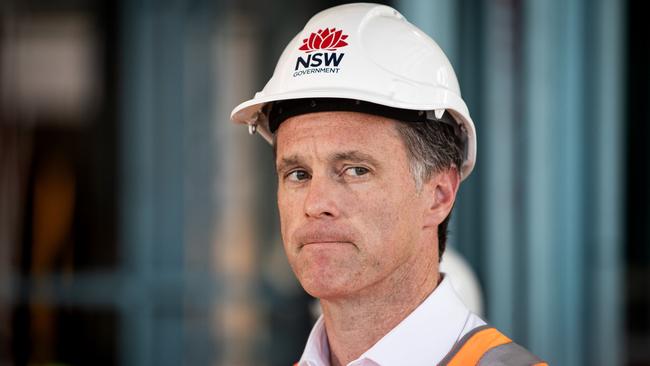
The largest apartment builder in Sydney and Brisbane/Gold Coast, Harry Triguboff, estimates that the cost of building major projects in Brisbane being built under union work practices is now 45 per cent higher than Sydney and Melbourne.
In contrast, opportunities are emerging in Sydney for substantial apartment complexes. Similar opportunities exist in Melbourne but both cities risk falling into the “Brisbane” trap. The cost of the renewable energy projects is also in grave danger of being caught the same way.
Infrastructure Australia has warned that the nation faces a severe shortage of materials and labour to build the projects that have been announced or planned.
Confirming Triguboff’s conclusions about Brisbane, a major Australian medical facility developer told me that they had plans for a project in the city but the cost of construction was so high that that the projected rents simply could not provide a return.
The project was deferred and will not be built until rents rise sharply or construction costs fall. Such projects must now be built by the state government, which does not require a return.
Brisbane’s costs exploded much faster then the rest of the nation because the Queensland government, buoyed by its coal royalties, announced massive health and other infrastructure projects that the state simply didn’t have the enterprises with the capacity to build.
Not only did the cost of labour and materials explode but the building unions want less productive work practices with more spare time.
The original cost of the Brisbane Olympics was $5bn. Later estimates have put it at $7bn. But those costs were calculated before the current explosion, so much bigger rises are ahead. The centrepiece of the Brisbane Olympic win was rebuilding the Gabba, which will further exacerbate Brisbane building costs.
Given that Brisbane’s 45 per cent building cost margin over Sydney and Melbourne was created by the foolishness of the Queensland government by overloading its building industry, it is reasonable that the higher costs should be borne by Queenslanders rather than the rest of the nation. And of course they will be funded in part by the coal royalties, which will not please the Greens movement.
Like all other states Brisbane has a housing shortage. But the cost of overcoming that shortage, via apartment complexes, will rise dramatically, requiring much higher rents or for sale prices to be economic.

Whereas Queensland basks in coal revenue, states like Victoria must borrow for infrastructure projects or convince the private sector to finance them.
In a disaster for the state’s housing crisis, the Victorian government has inked a contract to build its infamous “train to nowhere” project — the south eastern rail tunnel — where the current cost is said to be $125bn.
Triguboff is now more optimistic about the potential of Sydney, because the Rosehill racecourse apartment development involves more intense use of land via higher towers.
If that precedent is extended to eastern Sydney, and the planning blockages are removed, Sydney can provide large areas of accommodation in the east.
Triguboff says: “It’s a good idea to develop Rosehill, but nothing is being done in the east, where the Premier said development should go.

“It would be cheaper for the government in Little Bay, where 35,000 units can be built — and over 100,000 if you include the golf courses that are on public land.
“There will be more than enough buyers there who can afford these units.
‘The government already owns most of the land, including Long Bay jail, but they have been looking at it for 20 years.”
Given the amount of work that is already required, there is a risk that what happened in Brisbane could be duplicated in Sydney and Melbourne, making it simply too costly to overcome the housing shortage without massive rises in rents and purchase prices.
Alternatively, huge subsidisation — using tax revenue — will be required.
Brisbane is a warning to everyone: there is also a clear danger the city’s costs will spread south.








The biggest headache for the new Queensland Premier will be a looming unprecedented rise in the cost of the Olympic Games facilities because building costs in Queensland have exploded faster than any other state.